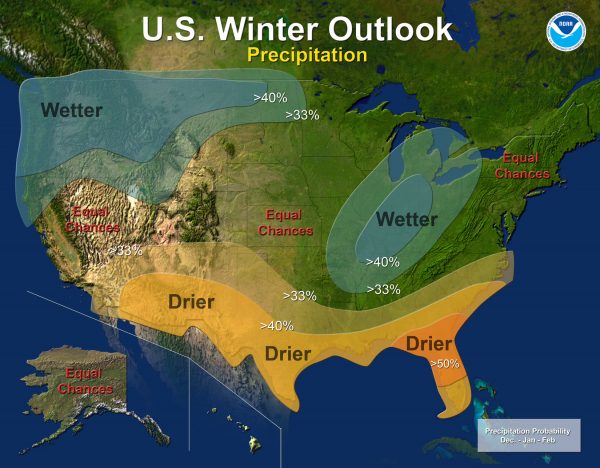
Think plastic pollution in the ocean is somebody else’s problem? Think again. The “environmental abomination” of plastic pollution, and its effects on the world’s oceans, is a disaster in the making, and one that will affect every one of us in the near future, if it hasn’t already. Our food chain is intricately linked with the oceans, and anything that affects the food chain will eventually affect human health and the global economy, so even without a direct link to the sea, our lives can and will be impacted by plastic ocean pollution.
This documentary from filmmakers Philippe and Maxine Carillo, titled Inside the Garbage of the World, is a hard-hitting look at the rising levels of plastic pollution in the oceans, which are “rising to a frightening level to human safety.” Included are interviews with oceanographers, scientists, and other marine experts, along with personal experiences and research into not just the causes of plastic ocean pollution, but what solutions are possible.
https://www.youtube.com/watch?v=kmGF7kQatok&feature=youtu.be
Some facts about plastic ocean pollution, as revealed in Inside The Garbage of The World:
- The amount of plastic produced from 2000 – 2010 exceeds the amount produced during the entire last century
- Plastic is the most common type of marine litter worldwide
- An estimated 100,000 marine mammals and up to 1 million sea birds die every year after ingesting or being tangled in plastic marine litter
- Up to 80% of the plastic in our oceans comes from land-based sources
- It is estimated that Americans go through about 100 billion plastic bags a year, or 360 bags per year for every man, woman and child in the country
- Plastics do not biodegrade, but instead break down into small particles that persist in the ocean, absorb toxins, entering our food chain through fish, sea birds and other marine life. Those particles often contain a million times more PCBs than open sea water
- Plastic debris in the area popularly known as the “Great Pacific Garbage Patch” has increased by 100 times in the past 40 years. The five oceanic gyres are estimated to contain 100 million tons of marine litter, and approximately 20 million tons of plastic litter enters the ocean each year
